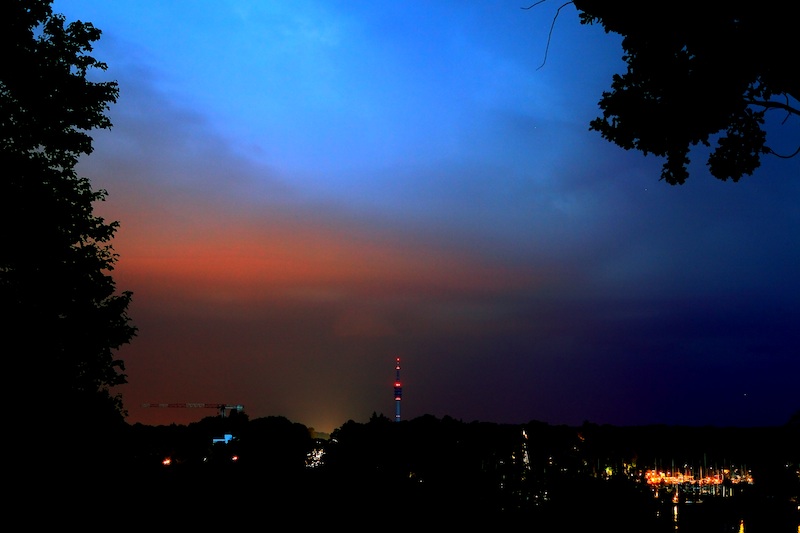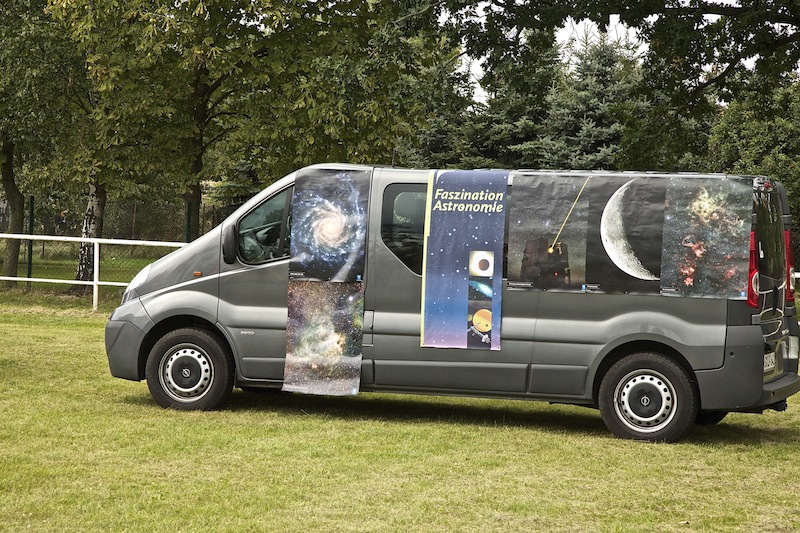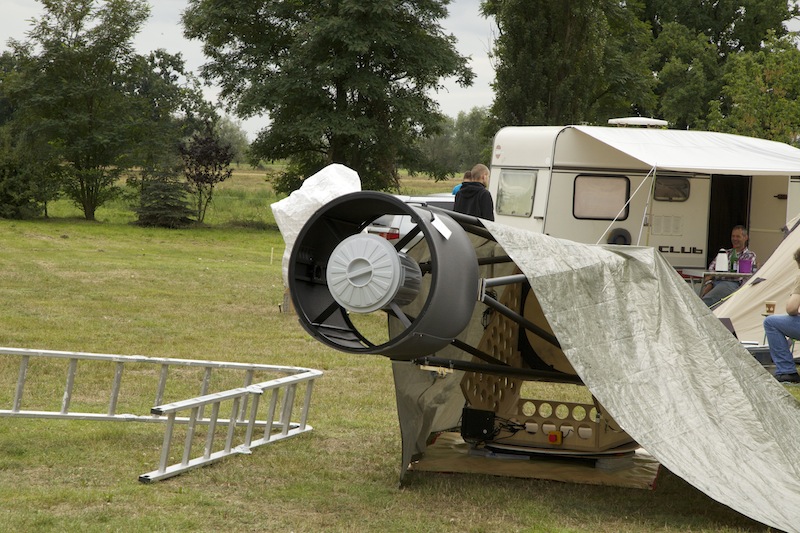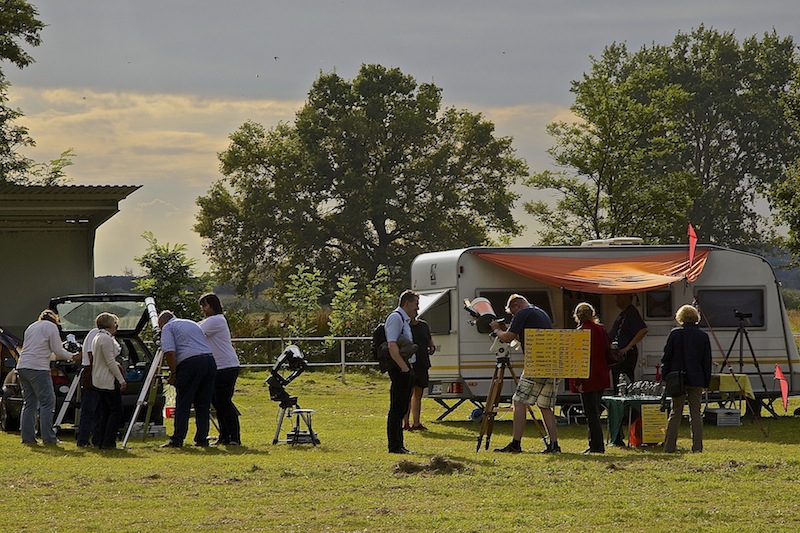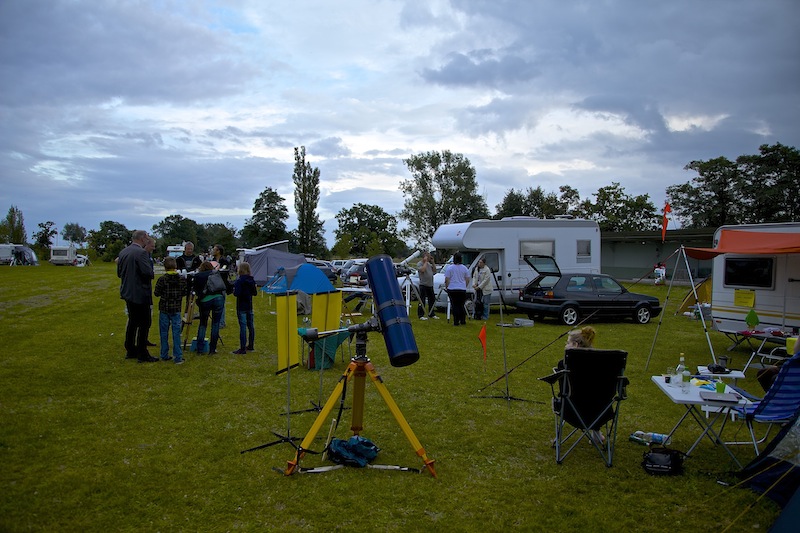Thunderstorms In Brandenburg, September 6, 2014 and “The Rules Of The Game”
After a colder period, it was getting warmer early September. Saturday, September 6, was a really warm and humid day and the air felt again more like summer rather than autumn even the first leaves changed colors early this year. West of Berlin, not far from Potsdam, is a lovely little village called Kartzow from where the first picture was taken. The sun was already near the horizon when huge thunderclouds could be seen in the southwest. Later some heavy thunderstorms developed south of Berlin. It was an interesting example that you can have very impressing thunderstorms not far away and more impressing sheet-lighting but nothing happens. It looked for some time as some big storm would building up but the South-West part of Berlin was spared from rain and severe weather.
Instead, there was a lightning spectacle to be seen not long after the sun set down. Sometimes it looks like thunderstorm development and direction of clouds follow typical patterns. If you ask locals anywhere in the world they come up with certain experiences and “rules” or typical patterns like “the thunderstorms never cross that river”. A woman from Berlin once told me that the “thunderstorms always stay west of the Avus motorway”. Recollecting some experiences with photo-chasings it seems there is some truth in it. It was mostly true for this day since one cell was moving from the South to the North but never getting much closer to the South-West part of the city. Like many times before there was a lot of sheet-lightning but nothing happened. Meteorologists are sometimes a bit reluctant if you ask if there is some scientific substance in such observations. It’s easy to understand why they are careful: as to proof the above-mentioned rule wrong a few days later a thunderstorm appeared in the center of the south-west region of Berlin. However, there are some tendencies.
The problem is it would need a lot of work time and a long span of time to verify tendencies in typical local weather patterns but certainly, the structure of the landscape has a strong influence – as we know mountains trigger thunderstorm development in certain circumstances. The North-East region of Germany doesn’t have any huge mountains but smaller hills stemming from the last ice age and huge lakes and the Havel river system. These structures seem to have indeed an influence on the local weather patterns.
Looking from a viewpoint at Berlin-Wannsee southwards: low hanging clouds reflecting lights.
The following pics are screenshots taken from the video about the sheet-lightning on September 6:

